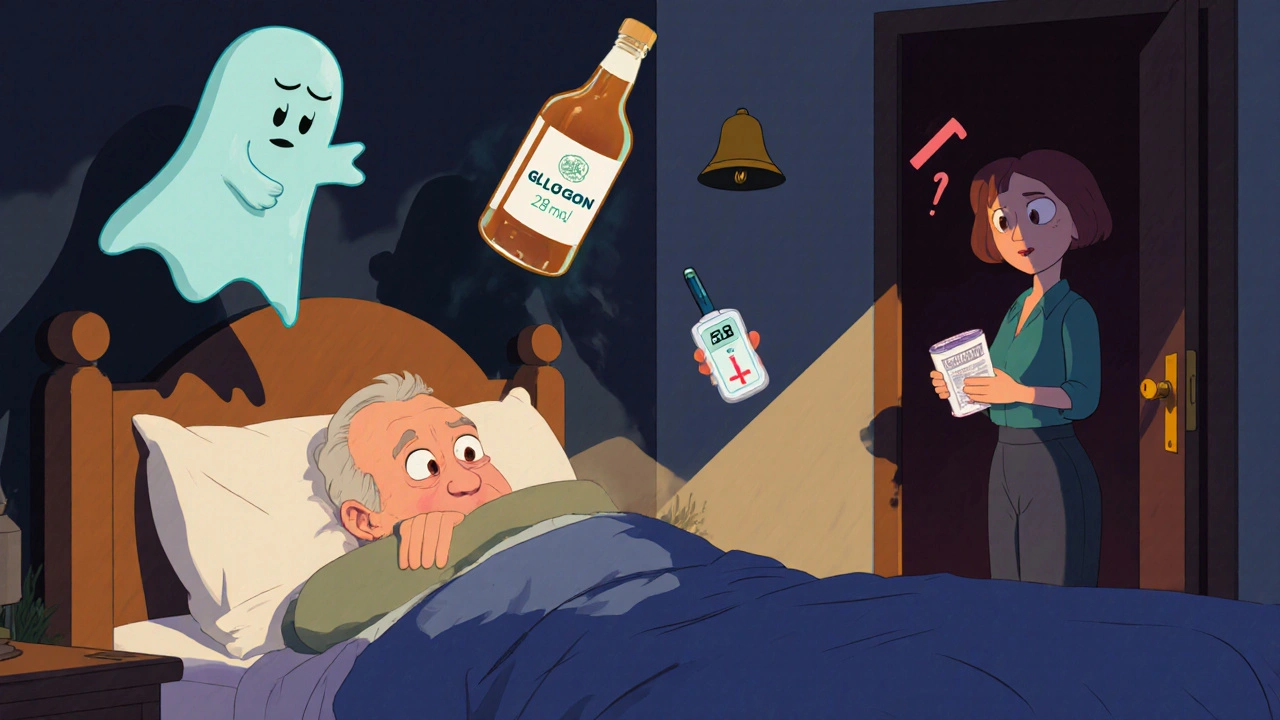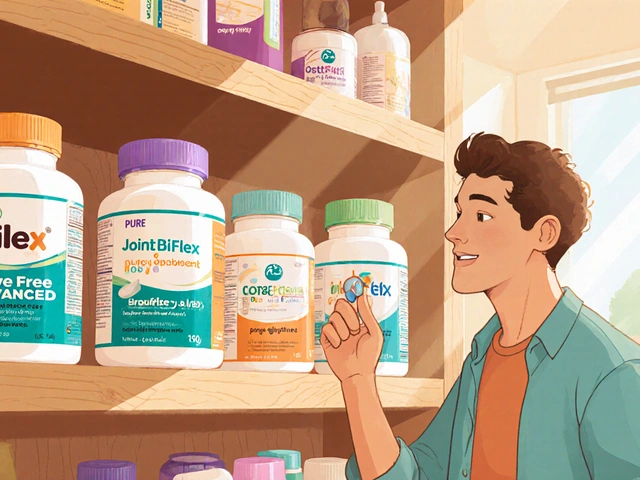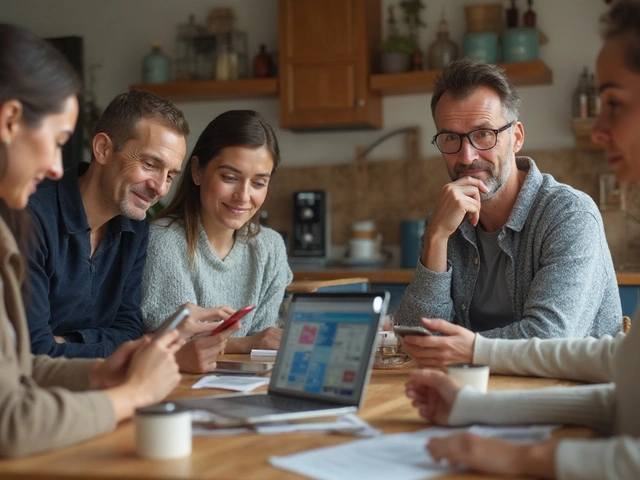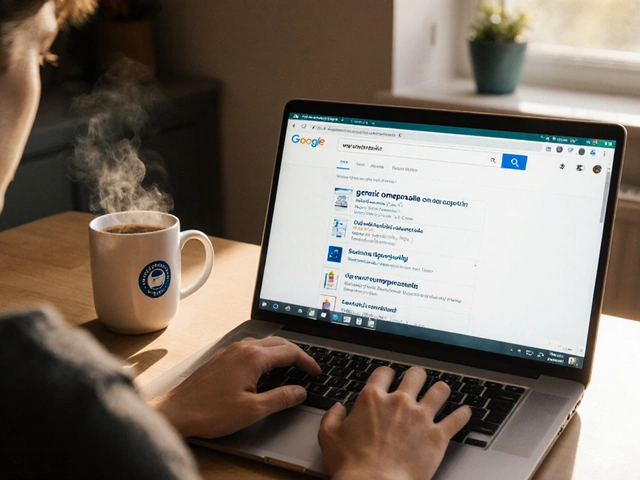Managing diabetes isn’t just about taking pills or injecting insulin-it’s about staying safe while doing it. Every year, thousands of people end up in emergency rooms because of avoidable mistakes with their diabetes meds. Some take too much insulin after misreading the label. Others start a new antibiotic and end up with dangerously low blood sugar. A few don’t realize their new SGLT2 inhibitor could trigger diabetic ketoacidosis-even when their blood sugar doesn’t look high. This isn’t rare. It’s happening right now, to people just like you.
What You’re Really Taking: The Main Classes of Diabetes Medications
There are two big groups: insulin and oral (or injectable) agents. Insulin is the only option for type 1 diabetes, but many with type 2 also need it over time. Oral meds are mostly for type 2, though some newer ones come as injections.Insulin comes in five types based on how fast it works and how long it lasts. Rapid-acting ones like lispro and aspart kick in within 15 minutes and last 3-5 hours. They’re usually taken right before meals. Regular insulin is slower, taking 30 minutes to start. NPH is intermediate, working for 12-18 hours. Long-acting insulins like glargine, detemir, and degludec last 24 hours or more and are often taken once daily. Then there’s Humulin R U-500, a concentrated form. It’s five times stronger than regular insulin. If you mistake it for regular, you could overdose-fast.
Oral agents include ten different classes. The most common is metformin, used by over 80 million people in the U.S. alone. It doesn’t cause low blood sugar on its own, but it’s hard on the kidneys. Then there are sulfonylureas like glyburide and glipizide. These push your pancreas to make more insulin. They’re cheap and effective-but they’re also the #1 cause of dangerous low blood sugar in type 2 patients. About 1 in 5 people on these meds have at least one hypoglycemic episode a year. And 1 in 20 end up needing help from someone else because they pass out or can’t think straight.
Newer drugs like SGLT2 inhibitors (e.g., empagliflozin, dapagliflozin) and GLP-1 receptor agonists (e.g., semaglutide, liraglutide) are popular because they help the heart and kidneys. But they bring new risks: genital yeast infections, dehydration, and a rare but serious form of ketoacidosis that can sneak up even when your blood sugar is normal.
The Biggest Danger: Hypoglycemia
Low blood sugar isn’t just annoying-it can kill. You might feel shaky, sweaty, or hungry. But in older adults or people who’ve had diabetes for years, those warning signs vanish. You don’t feel anything until you’re confused, slurring your words, or collapsing.Sulfonylureas and insulin are the main culprits. Studies show 30% of people on sulfonylureas have silent nighttime lows-no symptoms, no warning. That’s why some end up falling, breaking hips, or having strokes. One 72-year-old man in Birmingham I spoke with took his usual glimepiride dose, went to bed, and woke up in the hospital after his wife found him unresponsive. His blood sugar was 28 mg/dL.
It’s not just about the drug. It’s about what else you’re taking. Antibiotics like sulfamethoxazole/trimethoprim, heart meds like quinine, and even some cancer drugs can boost insulin’s effect. A patient on metformin and glipizide started a new antibiotic for a UTI and ended up in the ER with a blood sugar of 31 mg/dL. No one warned them.
And don’t forget alcohol. Even one drink on an empty stomach can trigger a low-especially if you’re on insulin or sulfonylureas. It blocks your liver from releasing glucose. That’s why doctors tell you: never drink on an empty stomach if you’re on these meds.
When Your Kidneys Are Weak: Metformin and SGLT2 Inhibitors
Your kidneys filter out metformin. If they’re not working well, the drug builds up-and that can lead to lactic acidosis, a rare but deadly condition. The FDA says don’t start metformin if your eGFR is below 30. If it’s between 30 and 45, use it with extreme caution. If it’s between 45 and 60, cut the dose in half.And don’t assume your doctor checked your kidney function. Ask. Get your eGFR numbers. If you don’t know them, you’re flying blind.
SGLT2 inhibitors are even trickier. They’re not safe for people on dialysis. And they’re risky if you’re dehydrated, sick, or having surgery. The FDA has warned that these drugs can cause diabetic ketoacidosis even when your blood sugar is only mildly elevated-sometimes even normal. That’s called euglycemic DKA. It’s hard to spot because your glucose monitor looks fine. But your body is breaking down fat like crazy, flooding your blood with acids. Symptoms? Nausea, vomiting, belly pain, fast breathing. If you feel this way, check your ketones. Don’t wait.
One woman in her 60s started dapagliflozin for weight loss. Two weeks later, she got the flu, stopped eating, and skipped her water. She didn’t think she needed to check ketones. She ended up in ICU. Her blood sugar was 140. Her ketones were off the charts.

Special Risks for Older Adults
People over 65 are more likely to have falls, memory issues, and kidney decline. Yet they’re often pushed to reach the same blood sugar targets as younger patients. That’s dangerous.Guidelines now say: aim for HbA1c around 7.5% for older adults-not 6.5%. Tight control increases hypoglycemia risk without adding years to your life. Glipizide is safer than glyburide in older patients because it doesn’t build up in the body. Avoid long-acting sulfonylureas like glyburide entirely if you’re over 70.
And watch for dizziness. Many diabetes meds cause low blood pressure or dehydration. That leads to falls. A single fall can mean a hip fracture, surgery, and a downward spiral. One study found that 25% of medication-related hospitalizations in diabetics over 65 were from falls tied to low blood sugar or dizziness.
What to Do Before Surgery or Illness
If you’re scheduled for surgery-even a simple dental procedure-stop your SGLT2 inhibitor at least 24 hours before. Some guidelines say 3-4 days for major operations. Why? Because your body can’t use glucose properly during stress. If you’re on an SGLT2 inhibitor, your body keeps pushing sugar out through urine, even when you’re not eating. That triggers ketone production. You can slip into ketoacidosis without knowing.Same goes for illness. If you’re vomiting, have a fever, or can’t eat, check your blood sugar and ketones every 4-6 hours. Call your doctor if ketones are moderate or high. Don’t wait until you’re in pain.
For insulin users: don’t skip your basal insulin when you’re sick. You still need it. But reduce your mealtime insulin if you’re not eating. Ask your provider for a sick-day plan before you get sick.
Practical Safety Steps You Can Take Today
- Keep a written log of every medication, dose, and time you take it. Include over-the-counter drugs and supplements.
- Know your kidney numbers. Ask for your eGFR at every checkup. If you don’t have it, get it tested.
- Use a glucose monitor with alarms. Set low and high alerts. Many people miss nighttime lows because they’re asleep.
- Carry fast-acting sugar-glucose tablets, juice, or candy-everywhere. Tell someone you live with how to use glucagon.
- Never mix up insulin types. U-500 looks like regular insulin. Label your bottles clearly. Use a different pen if possible.
- Review your meds every 6 months. Ask your pharmacist: “Could any of these be making my blood sugar drop?”
- Avoid very low-carb diets if you’re on SGLT2 inhibitors. Ketones rise faster on these diets, raising your DKA risk.

The Newer Options: Benefits and Hidden Risks
Drugs like tirzepatide (Mounjaro) combine GLP-1 and GIP actions. They’re powerful-helping with weight, blood sugar, and heart health. But they cause nausea in up to half of users, especially at first. Start low. Go slow. Don’t push through vomiting. It’s not worth it.Automated insulin delivery (AID) systems are changing the game. These devices adjust insulin automatically based on your glucose readings. In trials, users spent 20% more time in target range and had 40% fewer lows. If you’re on multiple daily injections and keep having lows, ask your doctor about AID. It’s not sci-fi-it’s available now.
But technology isn’t magic. You still need to understand your meds. A man in Birmingham used his AID system but kept taking extra glimepiride because he thought he “needed more.” He ended up with five severe lows in two weeks. The device didn’t fix bad habits-it just made them faster.
When to Call Your Doctor Immediately
Call right away if you have:- Confusion, slurred speech, or seizures
- Severe nausea, vomiting, or abdominal pain with normal blood sugar
- Strong fruity-smelling breath (like nail polish remover)
- Difficulty breathing
- Unexplained weakness or dizziness that doesn’t go away
These aren’t side effects. They’re red flags.
Can I take metformin if I have kidney disease?
Metformin is not safe if your eGFR is below 30. If it’s between 30 and 45, use it only if your doctor says it’s necessary and you’re closely monitored. If your eGFR is 45-60, your dose should be reduced. Always get your kidney function tested before starting and every 3-6 months after.
Which diabetes pill has the lowest risk of low blood sugar?
Metformin, acarbose, and the newer agents like SGLT2 inhibitors and GLP-1 receptor agonists have very low risk of hypoglycemia when used alone. Sulfonylureas and meglitinides carry the highest risk. If low blood sugar is a major concern, ask your doctor about switching to one of the safer options.
Why do I keep getting yeast infections on SGLT2 inhibitors?
SGLT2 inhibitors make your body dump sugar into your urine. Yeast thrives in sugary environments. This is common-about 4-5% of users get genital yeast infections. Keep the area clean and dry. If you get recurrent infections, talk to your doctor about switching or adding antifungal prevention.
Is it safe to drink alcohol with diabetes medications?
It’s risky with insulin or sulfonylureas. Alcohol blocks your liver from releasing glucose, which can cause a sudden, dangerous low. If you drink, never do it on an empty stomach. Limit to one drink, eat food with it, and check your blood sugar before bed. Avoid alcohol entirely if you’ve had a severe low before.
What should I do if I miss a dose of my diabetes medicine?
It depends on the drug. For metformin, take it as soon as you remember, unless it’s almost time for the next dose. For insulin, never double up. If you miss a mealtime dose, check your blood sugar and decide based on your level and what you’re about to eat. For sulfonylureas, skip the missed dose if it’s close to your next meal-don’t take it late. Always ask your provider for a clear plan.
Are newer diabetes drugs better than older ones?
They’re not always better-they’re different. Newer drugs like SGLT2 inhibitors and GLP-1 agonists offer heart and kidney protection, and less hypoglycemia. But they cost more and come with new risks like DKA and infections. Older drugs like metformin and sulfonylureas are cheaper and well-studied. The best choice depends on your health, age, kidney function, and personal goals-not just what’s new.
Final Thought: Safety Isn’t Optional
Diabetes meds save lives. But they can also hurt you if you don’t understand them. The goal isn’t to be perfect. It’s to be aware. Know your numbers. Know your risks. Know your meds. Talk to your pharmacist. Ask questions. Keep a log. Check your blood sugar when you feel off-even if you think it’s “just tiredness.”You’re not alone in this. Millions are managing the same challenges. The difference between staying safe and ending up in the hospital often comes down to one simple thing: paying attention.







Mariam Kamish
November 24, 2025 AT 20:32Patrick Goodall
November 25, 2025 AT 12:01Manish Pandya
November 26, 2025 AT 14:14Kaylee Crosby
November 28, 2025 AT 05:28Adesokan Ayodeji
November 28, 2025 AT 23:14Karen Ryan
November 29, 2025 AT 03:31Terry Bell
November 30, 2025 AT 08:03Lawrence Zawahri
December 1, 2025 AT 00:57